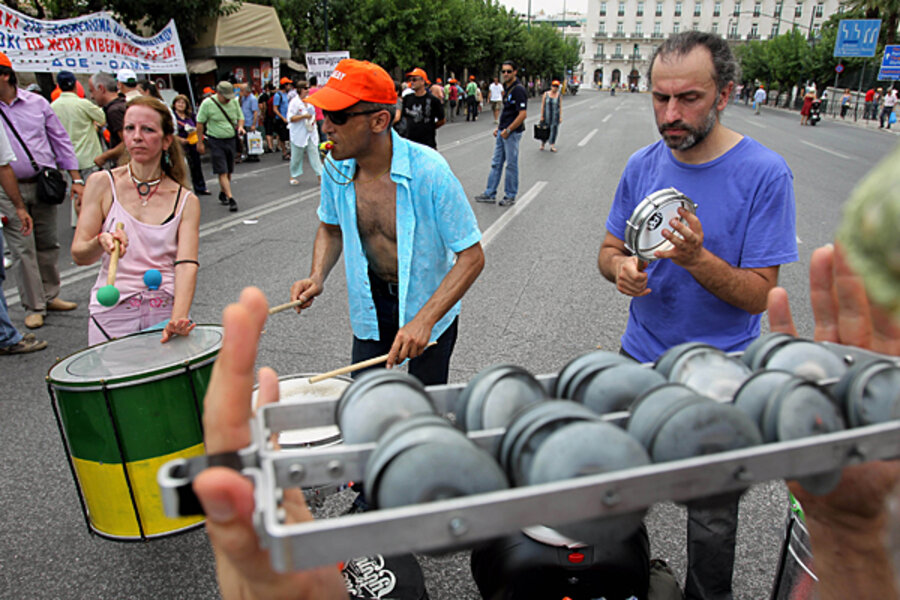In Iceland, the average earner gets back 96.5 percent of his average net income (after taxes). There, people become eligible for their pensions at 67 and they are eligible for a full pension after 40 years of residency (payments are proportionally reduced for shorter periods of residency). That comes out to ISK 3.4 million a year (about $49,800 a year), or about 8 percent of the average Icelander's earnings. Pension spending amounts to about 2 percent of the annual GDP. In France, where the government says pension spending is at crisis level, pension spending is 12.4 percent of GDP.
The country is currently facing a mortgage debt crisis, which makes pension funds uncertain because the pension funds hold most of the bonds from Iceland's mortgage debt. While the government has said it wants to write off some of the mortgage debt, pension funds officials have warned that doing so could lead to a cut in pensions, Bloomberg reports.





